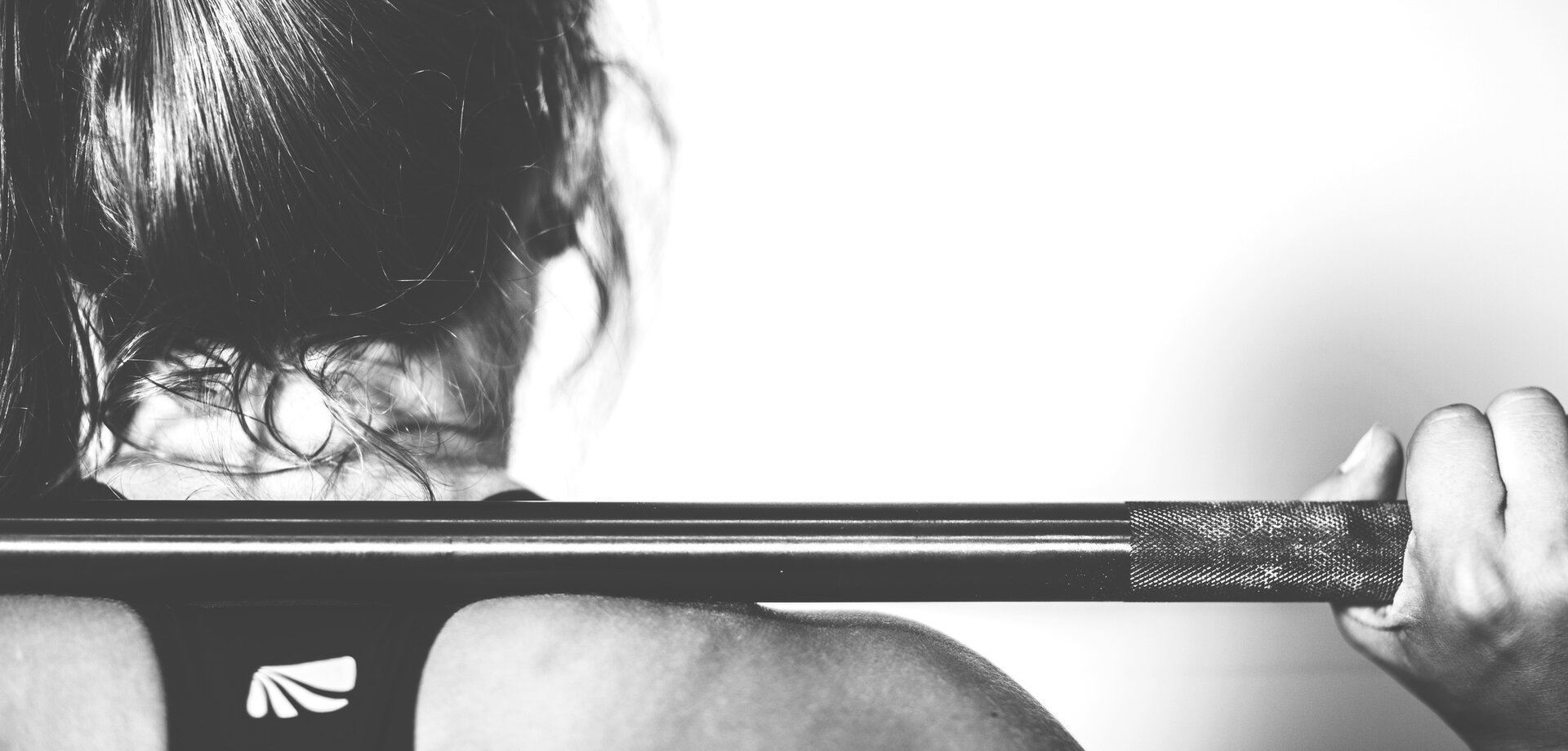Suffering from low back pain? Below is some information that may help! If your pain/symptoms aren’t going away and you need some assistance to getting back to your best, book in with one of our fantastic physios!
There are many factors that can contribute to back pain and they aren’t purely biological/anatomical. Social factors such as: changing job, buying/selling house, or reduced/disturbed sleep, and psychological factors like stress, and anxiety can contribute to your pain.
The evidence shows that only up to ~15% of low back pain has a specific anatomical diagnosis, leaving ~85% of patients in the category of non-specific low back pain. This does not mean that the pain you feel isn’t real but rather, your back has become sensitised to pain and there is no serious or structural damage. Your back is a strong and stable structure and like any joint in the body likes to move!
Below are some guidelines that may be helpful for you:
- Relaxation
- Avoid bracing and guarding your back with movement, try to avoid tension in your back and stomach muscles. Relaxed and deep breaths can help reduce tension and bracing.
- Try 10 deep breaths into the bottom of your chest, breathing in through your mouth – hold for 2-3 secs – and out through your mouth.
- Gentle Movements
- Relaxed movement will help settle the pain and desensitise your back. It may be painful to start but avoid bracing/guarding and try to complete the exercises below as you are able. Monitor your pain and if it increases due to exercises try reducing the range of movement.
Try lying on your back with your knees bent:
- Rock your knees side to side with smooth controlled movement.
- Bringing your knees towards your chest – using your hands behind your knees to assist. You can do one leg at a time if you are unable to do both at the same time.
If you can manage the above exercises you can try:
- On all fours (hand and knees) bringing your hips towards your heels – allowing your low back to gently flex. (Refer to picture below)
- Try to Remain as Active as Possible
- Returning to work as soon as possible even if it is with modified/light duties or part time will assist your recovery. For the short-term look at certain modifications you can make to assist your return to work.
- Keep trying to move as normally as possible and try not to avoid movement/exercise, make some modifications to keep trying to move as normally as possible.

